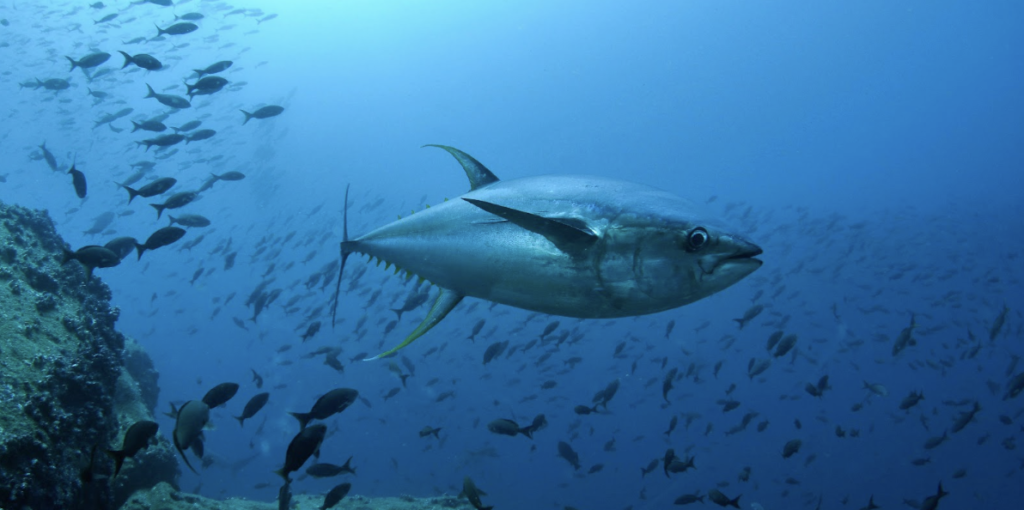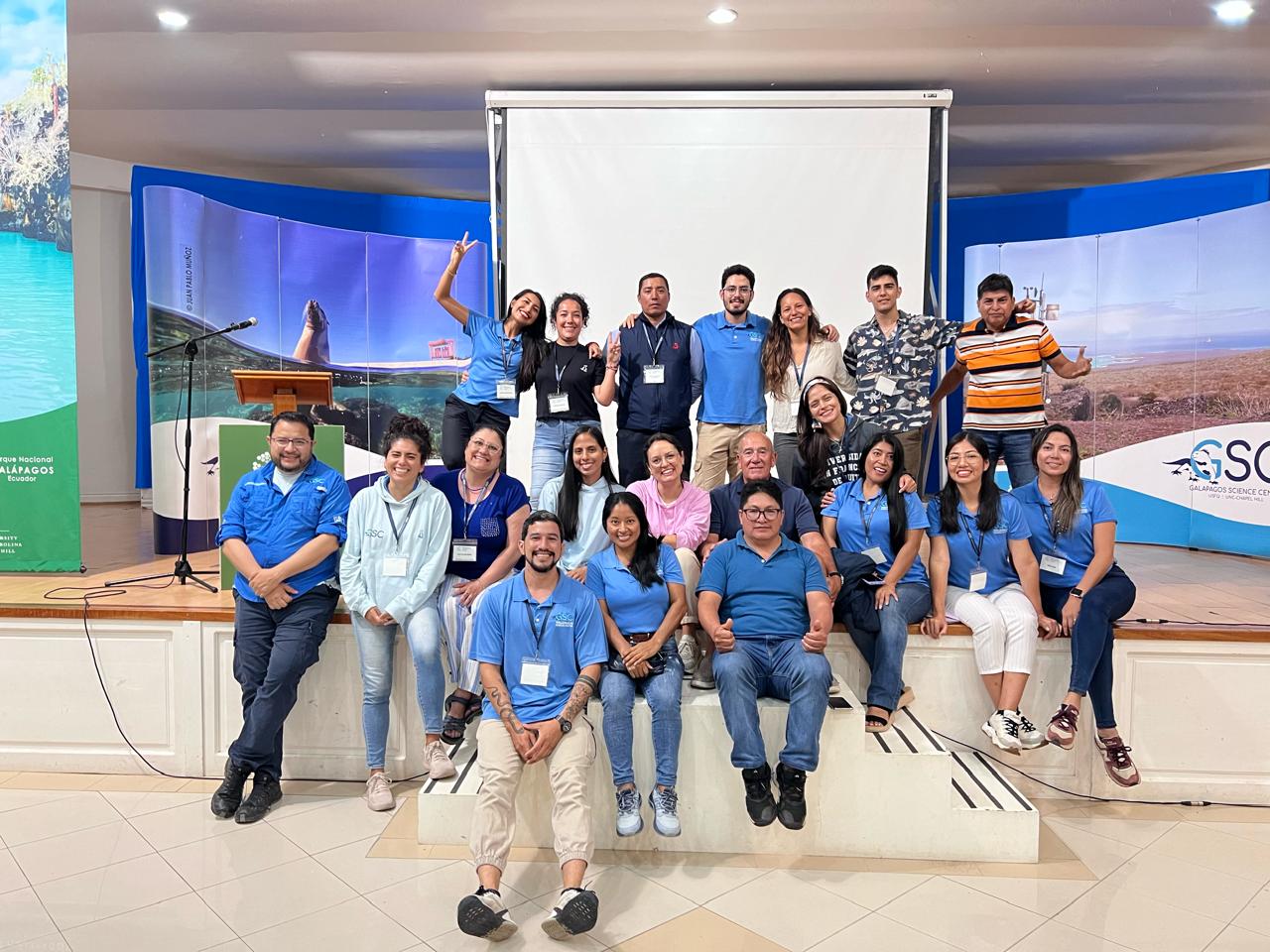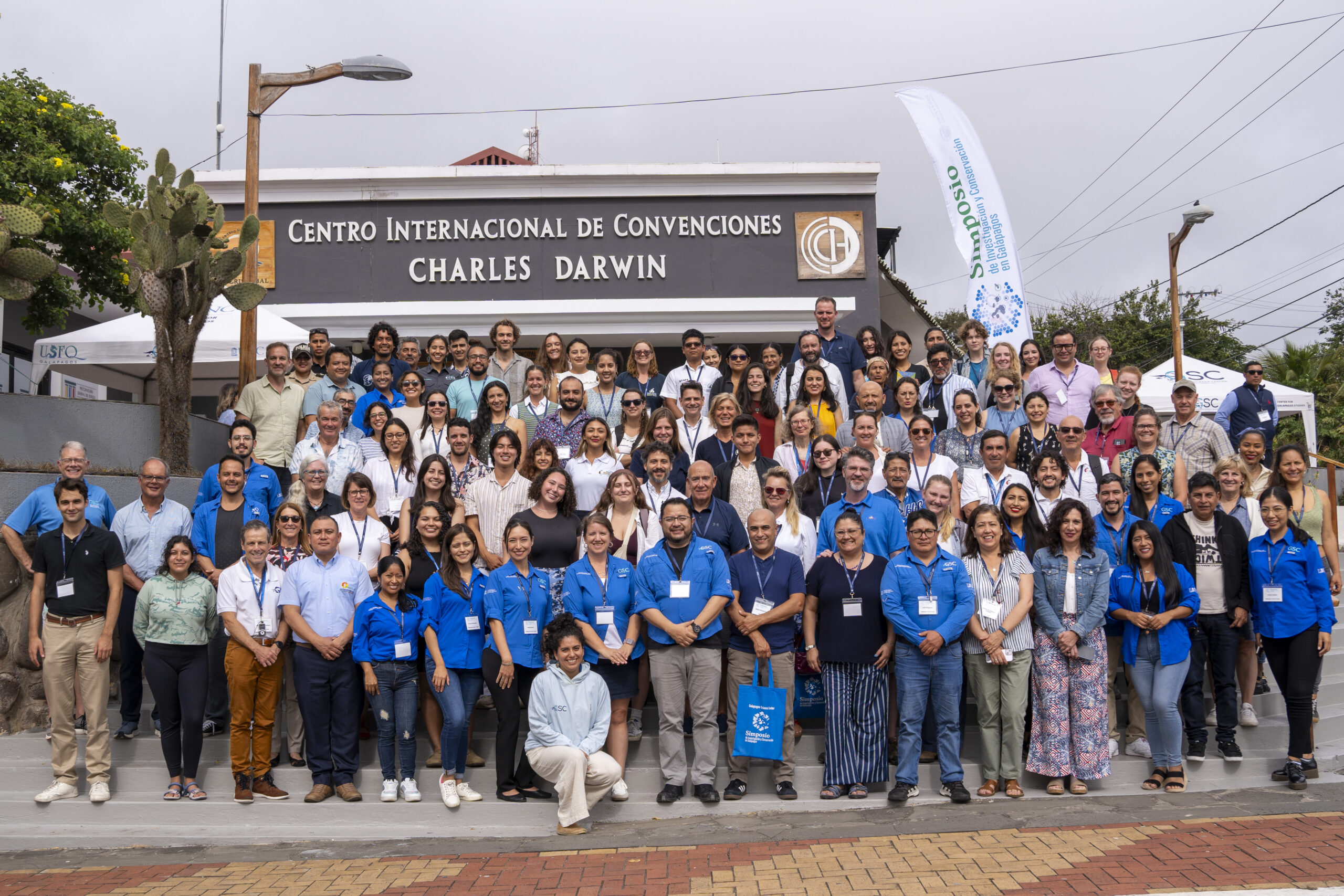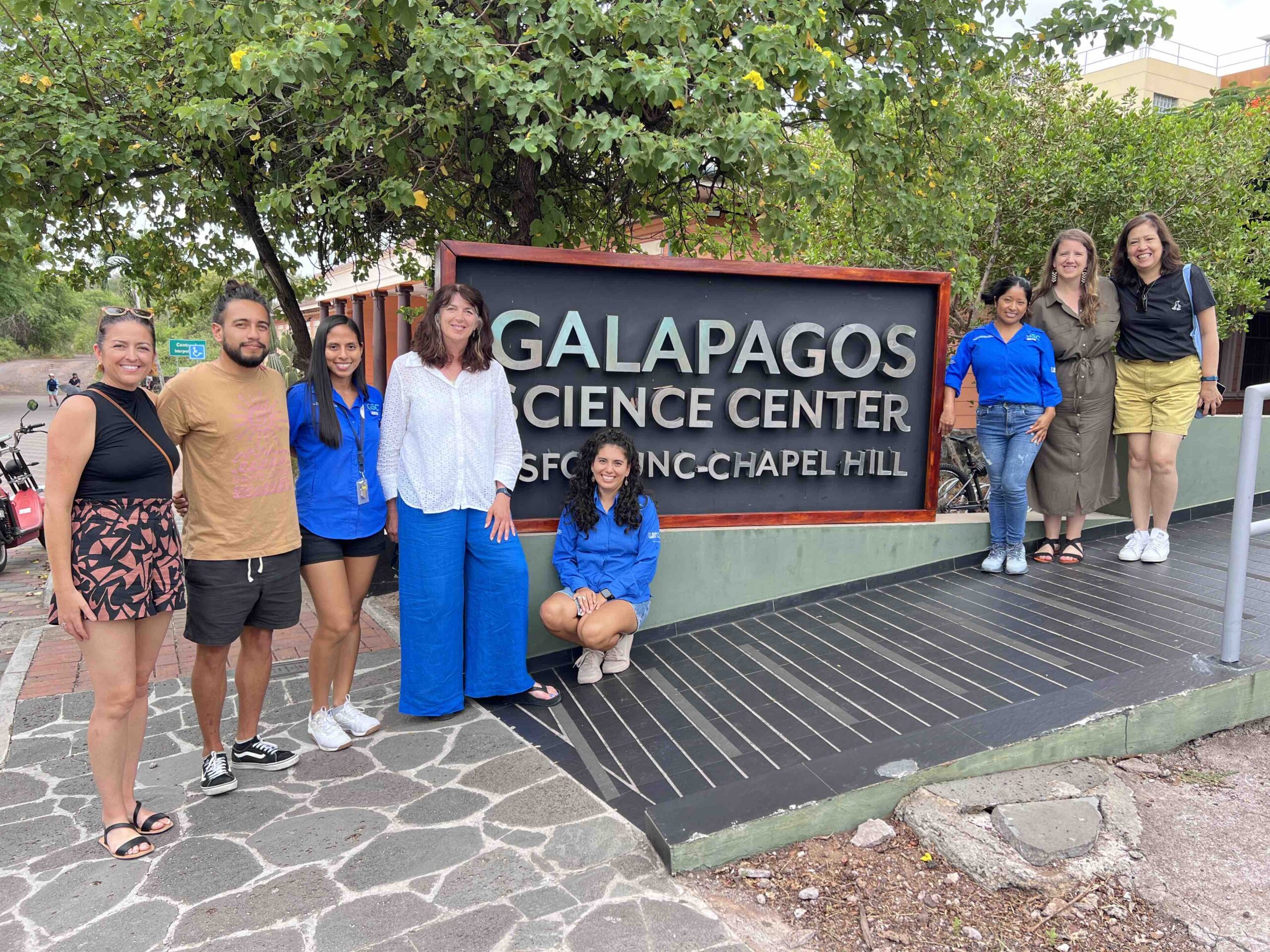Abstract
Tropical pelagic predators are exploited by fisheries and their movements are influenced by factors including prey availability, temperature, and dissolved oxygen levels. As the biophysical parameters vary greatly within the range of circumtropical species, local studies are needed to define those species’ habitat preference and model possible behavioural responses under different climate change scenarios. Here, we tagged yellowfin tuna Thunnus albacares in the Galápagos Marine Reserve and tracked the horizontal and vertical movements of 8 individuals for 4–97 days. The tuna travelled a mean of 13.6 km d-1 horizontally and dispersed throughout the archipelago and in offshore waters inside the Galápagos Marine Reserve and in the surrounding Ecuadorian exclusive economic zone. Vertically, they travelled a mean of 2 km d-1, although high-resolution data from a recovered tag suggested that transmitted data underestimated their vertical movement by a factor of 5.5. The tracked yellowfin tuna spent most of their time near the surface, with an overall mean swimming depth of 24.3 ± 46.6 m, and stayed shallower at night (12.3 ± 4.9 m) than during the day (23.8 ± 20.9 m), but on occasion dived to cold, oxygen-poor waters below 200 m. Deep dives were commonly made during the day with a mean recovery period of 51 min between exposures to modelled limiting oxygen conditions <1.5 ml l-1, presumably to re-oxygenate. The depth and frequency of dives were likely limited by dissolved oxygen levels, as oxygen depleted conditions reach shallow depths in this region. The main habitat of tracked yellowfin tunas was in the shallow mixed layer which may leave them vulnerable to fishing. Vertical expansion of low-oxygen waters under future climate change scenarios may further compress their habitat, increasing their vulnerability to surface fishing gear.
Read the article in the link: https://onlinelibrary.wiley.com/doi/abs/10.1111/jfb.15525






